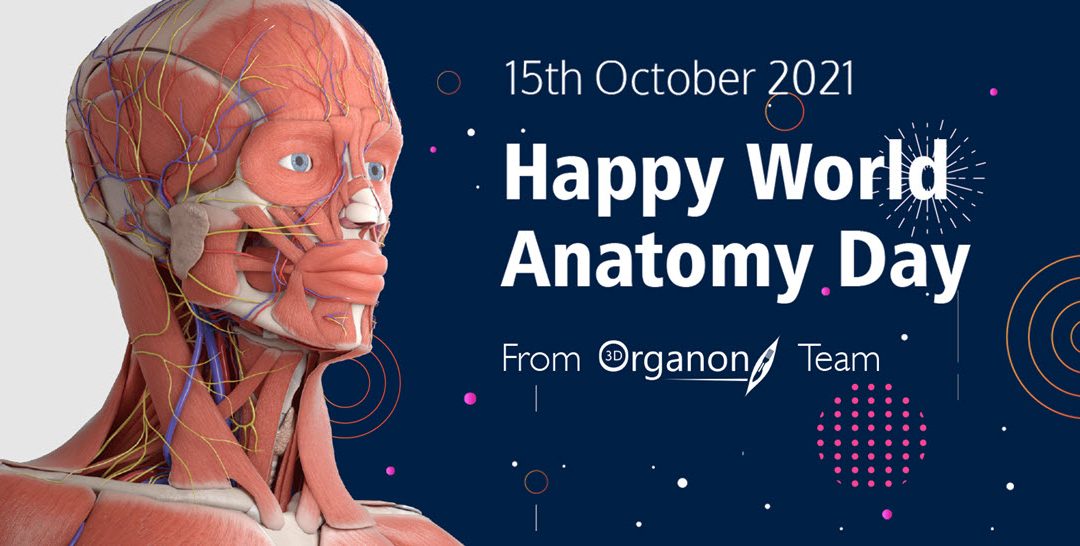The International Federation of Associations of Anatomists (IFAA) has declared October 15 as World Anatomy Day. 15 October marks the anniversary of the death of Andreas Vesalius in 1564, who is the father of modern human anatomy. He systematized the science of anatomy based on his study of anatomy since ancient times. On that day, we celebrate the advances in human anatomy and the fundamental significance of this discipline in the education and training of health professionals and scientists across the globe.
Anatomy is a fundamental subject and the basis to build knowledge of the functions of the human body and how different pathologies modify them. It is a prehistoric science due to the early need of humans to explore their body structure and its healing properties. There are multiple subdivisions of human anatomy such as gross anatomy, microscopic anatomy (histology) and embryology, topographic anatomy, surface anatomy, systematic anatomy, regional anatomy, clinical anatomy, anatomy by diagnostic imaging, and digital anatomy.
Through the years, a plethora of resources have been used for the study of human anatomy. From anatomy books featuring anatomy illustrations and descriptions, cadaveric specimens, plastic, and plastinated models, as well as imaging with more innovative such as 3D visualization of human anatomy models through computers and computer-based dissection tables and the newly introduced immersive education technologies such as virtual and augmented reality.
All these methods assist a health professional to a better clinical assessment of a patient, to an accurate diagnosis through the interpretation of imaging, and lastly, the proper treatment of disease, especially in a surgical case.
The future of anatomical sciences is vivid with both classical and technologically advanced methods to promote a deeper understanding of the structure and functions of the incredible human body.
For the latest news, follow 3D Organon on social media.

